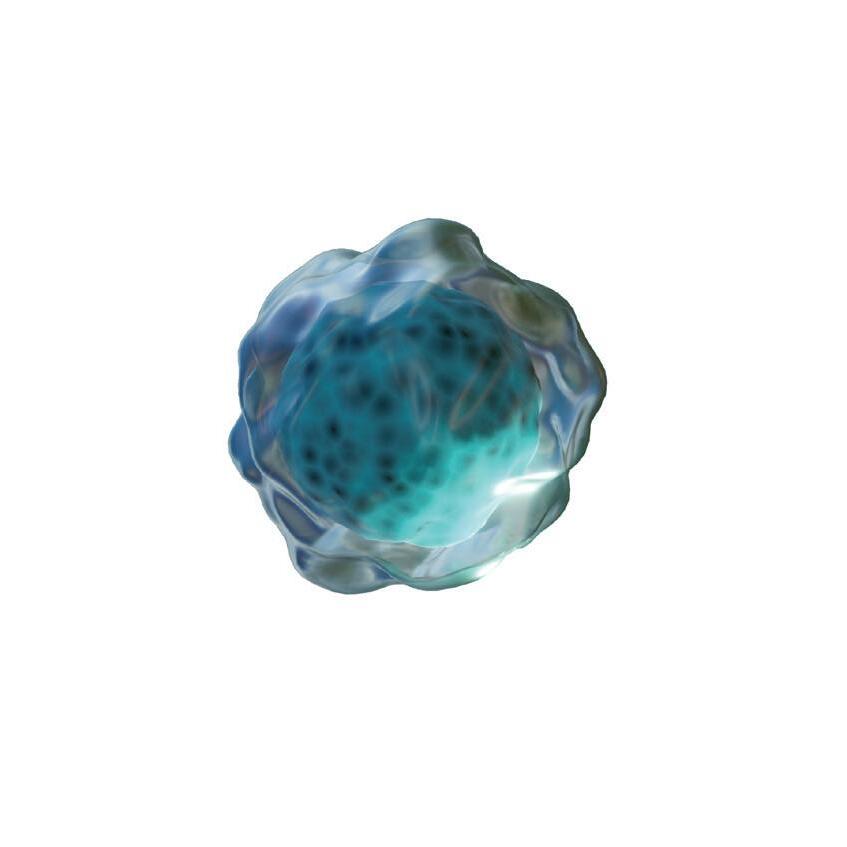

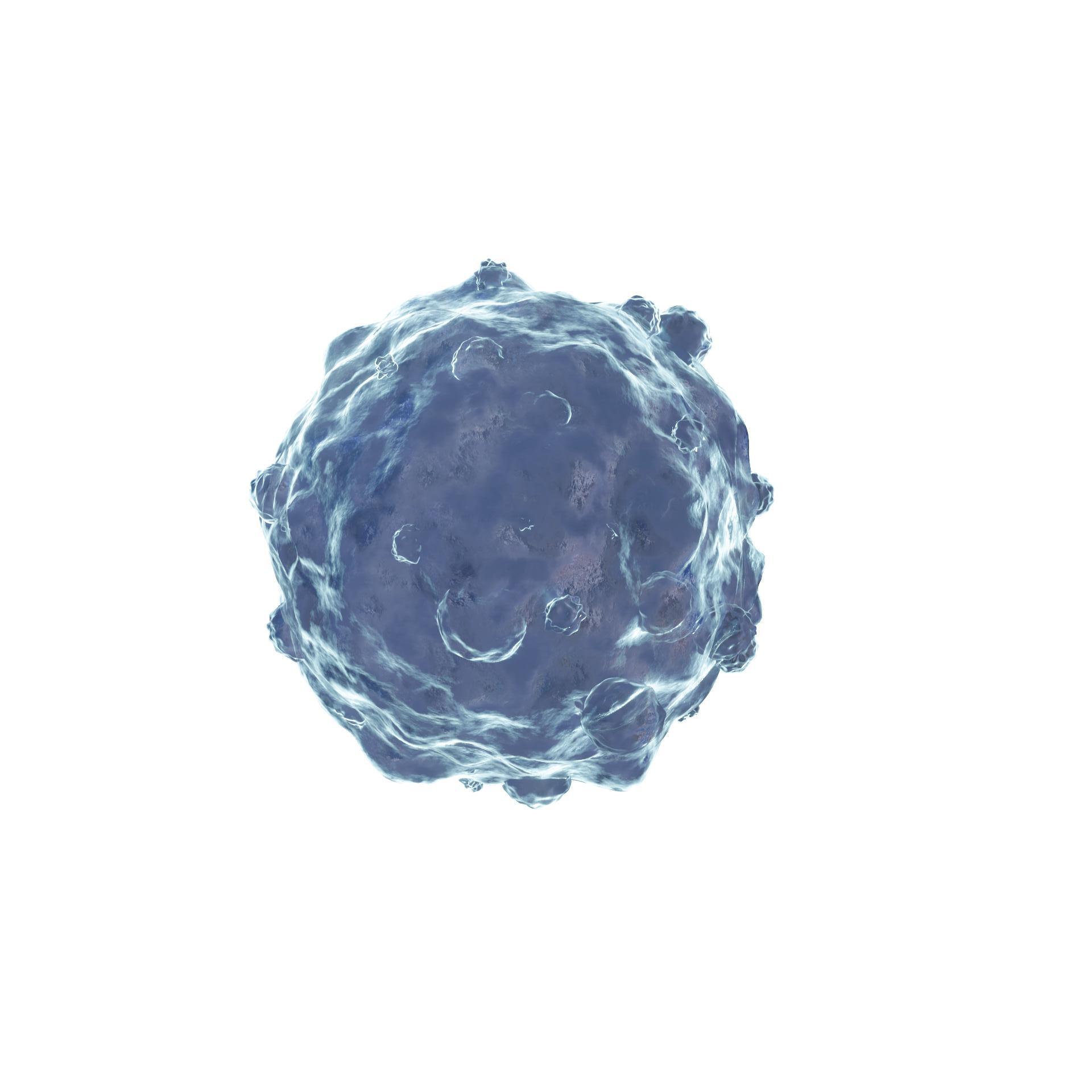

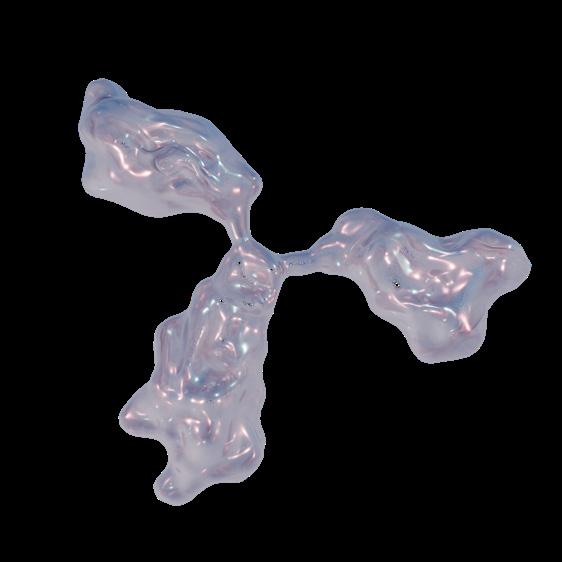






Discover the science behind the tumor targeting therapy of anti-TIGIT antibodies.

TIGIT as a Therapeutic Target
Anti-TIGIT Antibody Anatomy and Components
Anti-TIGIT Antibody Mechanism of Action
Anti-TIGIT Ab

Antigen recognition
Interacts with immune cells and can activate or modulate immune cell function
Fc-active antibodies
These antibodies retain the ability to bind to FcγR. An Fc-active region may enhance immune functions such as antibody-dependent cellular cytotoxicity (ADCC), a nonphagocytic mechanism through which innate immune cells including macrophages, dendritic cells, neutrophils, and NK cells, kill the antibody-bound target cells.2
Fc-silent antibodies
In Fc-silent antibodies, the Fc region is modified to eliminate interaction with FcγR.7 Fc-silent agents are unable to bind FcγR, which may prevent the ADCC-mediated destruction of TIGITbearing immune cells (including Tregs).8,9 Preserving the pool of peripheral Treg cells is key to maintaining immune tolerance and potentially reducing immune-mediated toxicities.8
The information contained in this brochure is educational in nature and is intended for U.S. healthcare professionals.
5. Golet DR. & Atkins WM. J Pharm Sci. 2020;109:74-103
6. Sivick Gauthier KE, et al. Poster presentation at SITC Annual Meeting 2023 (#P475).
7. Wilkinson I, et al. PLoS One. 2021;16:e0260954.
8. Piovesan D, et al. Cancer Res. 2024;84:1978–1995.
9. Sivick Gauthier KE, et al. Poster presentation at American Association of Immunologists Meeting 2022 (#2719).
10. Johnston, RJ, et al. Cancer Cell. 2014;26:923–937.
11. Chauvin JM, et al. J Clin Invest 2015;125:2046–2058.
12. Banta KL, et al. Immunity. 2022;55:512–526.e9.
13. Hung, AL, et al. Oncoimmunology. 2018;7:e1466769.

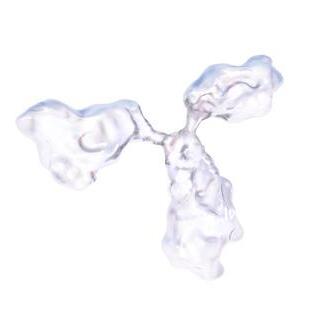

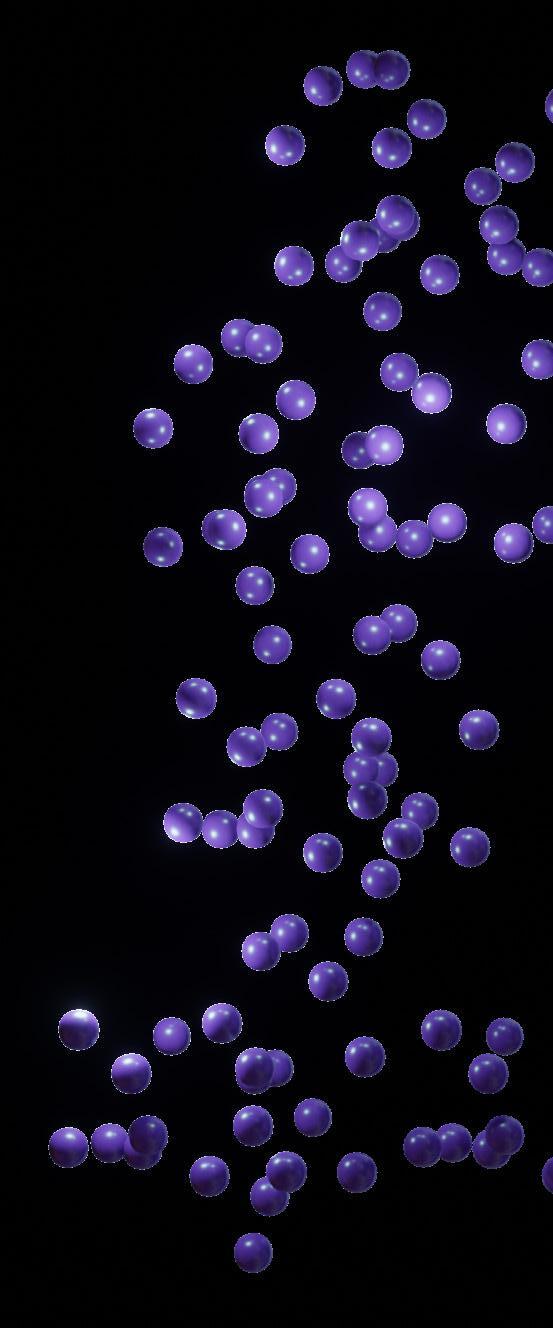


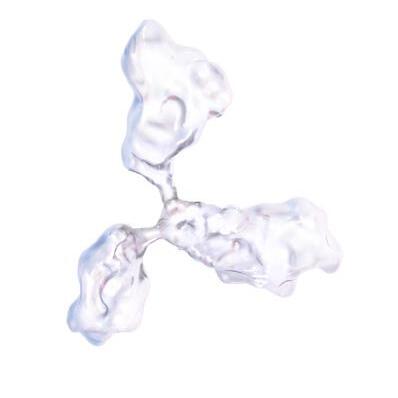


1 Competitive binding
2 Blocking TIGIT
3 Immune activation
How anti-TIGIT antibodies work:
PD-1 antibody blockade
Potential cooperative effect
Anti-TIGIT antibodies are designed to bind to the TIGIT receptor, potentially preventing interaction of the TIGIT receptor with CD155. This blockade enables CD155 to bind with CD226, potentially promoting immune cell activation.2,9
How anti-TIGIT antibodies and PD-(L)1 inhibitors could potentially enhance anti-tumor activity:
In cancer, TIGIT may be co-expressed with PD-1 on tumor antigen-specific cytotoxic CD8+ T-cells and tumor-infiltrating lymphocytes (TILs).1,10,11
Both TIGIT and PD-1 inhibit CD226 and suppress T-cell activation. They have distinct functions in controlling antitumor immune response; therefore, combined inhibition may have the potential to enhance immune cell activation and antitumor response.8,12
Preclinical data demonstrate that combined inhibition of TIGIT and PD-1 shows increased anti-tumor activity that enhances T-cell effector function and promotes tumor clearance.2,10,12,13